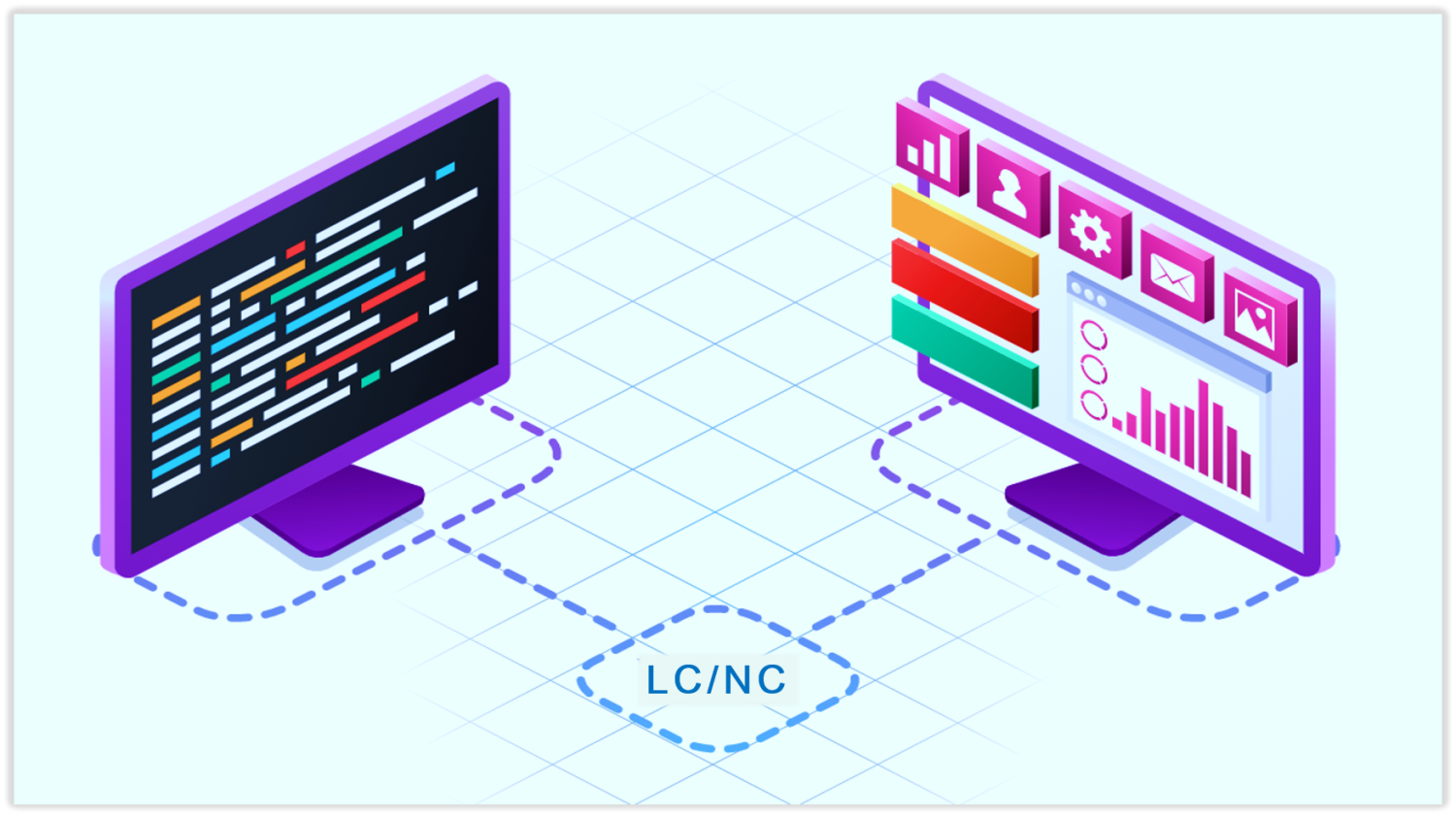
How No-Code Solutions Let You Build Apps Without Coding Skills
In the ever-evolving landscape of app development, the emergence of no-code solutions has revolutionized the way we bring our ideas to life. These tools have made it possible for individuals with little to no coding skills to create fully functional applications. In this article, we'll delve into the world of no-code solutions and explore how they empower app development without the need for coding expertise.
The No-Code Revolution
The no-code movement has gained significant momentum, with various platforms offering intuitive interfaces that allow users to design, develop, and deploy applications. It's like having a magic wand to turn your app ideas into reality. No longer are you limited by your coding abilities; instead, creativity takes the front seat.
The Benefits of No-Code Solutions
No-code solutions provide a plethora of advantages:
- Accessibility: They open doors for people who lack programming skills, democratizing app development.
- Speed: Creating apps becomes faster as you bypass the coding phase.
- Cost-Efficiency: You save money by eliminating the need for hiring developers.
- Flexibility: You can quickly iterate and update your app as needed.
- Empowerment: No-code platforms empower entrepreneurs, creators, and small businesses.
Building Without the Code
The process of creating apps with no-code solutions is surprisingly straightforward. You begin by defining your app's purpose and functionality. Next, you drag and drop elements onto a canvas to design the user interface. Then, you configure the app's logic and data flow using a visual interface. In essence, you're building your app as if it were a puzzle, and the pieces fit seamlessly without writing a single line of code.
No-Code Tools
Numerous no-code tools have flooded the market, each offering unique features. Some popular ones include:
- Bubble: A visual web development platform that lets you build web applications.
- Adalo: Ideal for mobile app development with a user-friendly interface.
- Appy Pie: A no-code platform for creating a variety of apps, from business to gaming.
Overcoming Limitations
While no-code solutions offer remarkable advantages, they do have limitations. These platforms might not be suitable for highly complex applications that require intricate coding. However, for most small to medium-sized projects, no-code solutions are more than capable.
Frequently Asked Questions
1. Can I create complex apps with no-code solutions?
- No-code solutions are ideal for simpler to moderately complex apps. For highly intricate projects, traditional coding may be necessary.
2. Are there any limitations to no-code development?
- No-code platforms may have constraints when it comes to extremely specialized or resource-intensive applications.
3. What's the learning curve for no-code solutions?
- No-code platforms are designed to be user-friendly, with a short learning curve, making them accessible to beginners.
4. How much does it cost to use no-code platforms?
- Pricing varies between platforms, but many offer free or low-cost plans for basic usage.
5. Can I integrate third-party services with no-code apps?
- Yes, most no-code platforms allow for easy integration of third-party services.
6. Are no-code apps as secure as traditionally coded ones?
- The security of no-code apps largely depends on the platform and the user's choices. It's essential to follow best practices for security.
Summary
No-code solutions have ushered in a new era of app development. They empower individuals and businesses to bring their app ideas to life without the need for coding skills. While they may not be suitable for all types of applications, their accessibility, speed, and cost-efficiency make them an attractive option for many.
